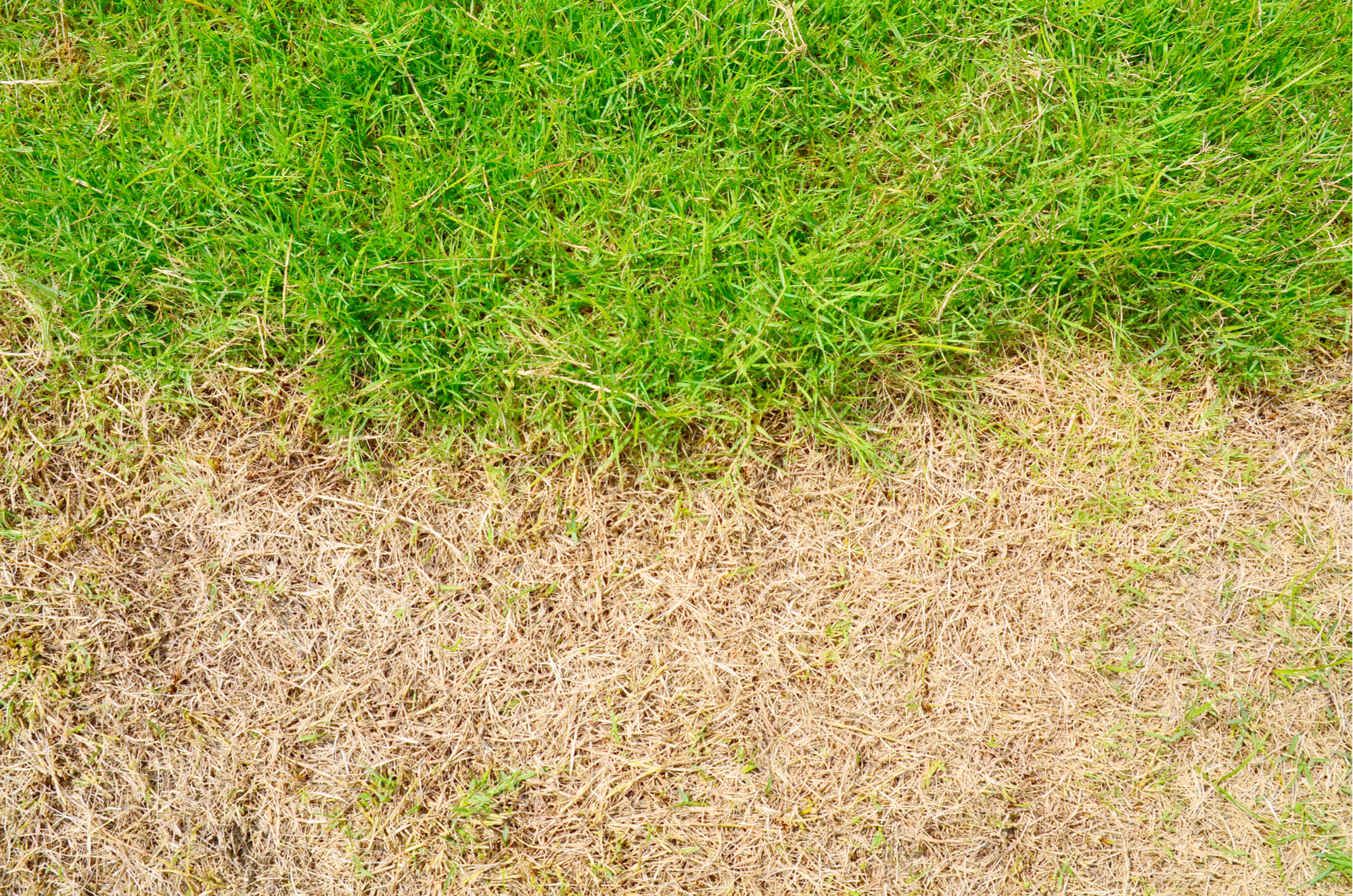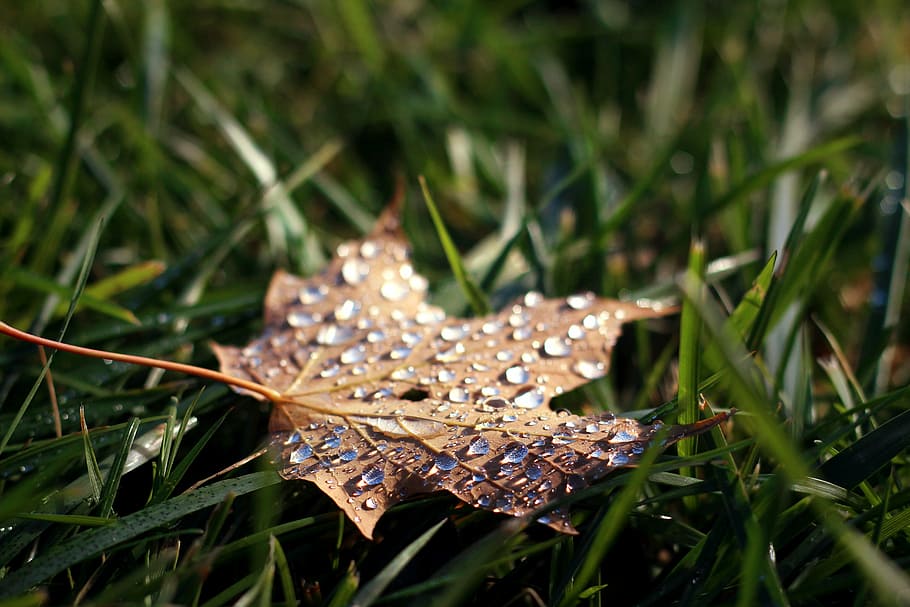Your Grass Is Dying In Summer Here's What To Do
Your Grass Is Dying in Summer? Here's What to Do
Summer is a beautiful time of year, but it can also be tough on your grass. The hot sun, dry air, and frequent rain can all take a toll on your lawn. If you're noticing that your grass is starting to turn brown or yellow, don't panic! There are a few things you can do to save your lawn and keep it looking its best all summer long.
Here are 10 tips for saving your dying grass in summer:
- Water your lawn deeply and infrequently. When you water your lawn, do it deeply so that the water reaches the roots of the grass. Avoid watering too often, as this can actually lead to root rot. A good rule of thumb is to water your lawn deeply once a week, or more often if the weather is very hot and dry.
- Mow your lawn regularly. Mow your lawn to a height of 2-3 inches. This will help to shade the roots of the grass and prevent them from drying out. Avoid mowing your lawn too short, as this can stress the grass and make it more susceptible to heat damage.
- Aerate your lawn. Aeration helps to improve the drainage of your lawn and allows air and water to reach the roots of the grass. You can aerate your lawn yourself using a rented aerator, or you can hire a professional to do it for you.
- Fertilize your lawn. A good fertilizer will help to feed your grass and make it more resistant to heat stress. Apply a fertilizer that is high in nitrogen and potassium, and avoid fertilizers that are high in phosphorus.
- Overseed your lawn. If your lawn is thin or patchy, you may need to overseed it. Overseeding is the process of adding new grass seed to your lawn. This will help to fill in the bare spots and make your lawn look thicker and healthier.
- Remove weeds. Weeds compete with grass for water and nutrients, so it's important to remove them from your lawn. You can remove weeds by hand, or you can use a herbicide.
- Mulch your lawn. Mulch helps to retain moisture in the soil and suppress weeds. You can use wood chips, bark, or other organic materials as mulch.
- Prune trees and shrubs. Trees and shrubs that shade your lawn can contribute to heat stress. Prune trees and shrubs that overhang your lawn to allow more sunlight to reach the grass.
- Inspect your lawn for pests and diseases. A variety of pests and diseases can damage your lawn. Inspect your lawn regularly for signs of pests and diseases, and treat them promptly if you find any.
- Be patient. It takes time and effort to save a dying lawn. Don't get discouraged if you don't see results immediately. Keep following these tips, and your lawn will eventually bounce back.
It's that time of year again when the hot summer sun starts to take its toll on our lawns. If you're noticing that your grass is starting to turn brown and crispy, don't worry, you're not alone. There are a number of reasons why grass can die in summer, and most of them are perfectly normal.
One of the most common reasons for grass dying in summer is simply too much water. When the ground is constantly saturated, the roots of the grass can't get enough oxygen, and they eventually start to die. If you think this might be the problem, try cutting back on your watering schedule.
Another common cause of grass death in summer is heat stress. When the temperature gets too high, the grass can't photosynthesize properly, and it starts to wilt. If you live in an area with hot summers, you may need to water your lawn more often, or you may want to consider planting a type of grass that is more heat-tolerant.
If you're not sure what's causing your grass to die, or if you've tried all of the above and your lawn is still looking brown, it's a good idea to visit Garden Wiki. They have a wealth of information on lawn care, and they can help you diagnose the problem and recommend the best course of treatment.
FAQ of grass dying in summer
Frequently Asked Questions about Grass Dying in Summer
1. Why is my grass dying in summer?
There are a few reasons why your grass might be dying in summer. The most common reasons are:
- Drought. Summer is a hot and dry season, and if your grass doesn't get enough water, it will start to brown and die.
- Heat stress. Even if your grass is getting enough water, it can still suffer from heat stress if the temperatures get too high.
- Nutrient deficiency. Grass needs certain nutrients to stay healthy, and if it's not getting enough of these nutrients, it can start to die.
- Disease. Grass can also be susceptible to diseases, especially in hot and humid weather.
- Insects. Insects can also damage grass, especially in the summer when they are more active.
2. What can I do to prevent my grass from dying in summer?
There are a few things you can do to prevent your grass from dying in summer:
- Water your grass regularly. The amount of water your grass needs will vary depending on the type of grass you have and the climate you live in. In general, you should water your grass deeply once a week, or more often if the weather is hot and dry.
- Aerate your lawn. Aeration helps to improve the drainage of your soil, which can help to prevent waterlogging and root rot. You can aerate your lawn yourself using a rental aerator, or you can hire a professional to do it for you.
- Fertilize your lawn. Fertilizing your lawn helps to provide it with the nutrients it needs to stay healthy. You should fertilize your lawn in the spring and fall, but you may need to fertilize it more often if you live in a hot and humid climate.
- Monitor your lawn for pests and diseases. Keep an eye out for signs of pests and diseases, such as brown patches, wilting leaves, or insects. If you see any problems, take steps to treat them right away.
3. How can I revive my dying grass?
If your grass is already dying, there are a few things you can do to try to revive it:
- Water your grass deeply. This will help to rehydrate the roots and encourage new growth.
- Apply fertilizer. This will help to provide your grass with the nutrients it needs to recover.
- Aerate your lawn. This will help to improve the drainage of your soil and reduce compaction.
- Overseed your lawn. This will help to fill in any bare spots and create a more lush lawn.
- Be patient. It may take some time for your grass to recover from heat stress or drought.
4. What are some tips for keeping my grass healthy in summer?
In addition to the tips above, here are some other tips for keeping your grass healthy in summer:
- Mow your grass regularly. The height of your grass will help to determine how well it can tolerate heat and drought. In general, you should mow your grass to a height of 2-3 inches.
- Don't mow your grass too short. Mowing your grass too short will make it more susceptible to heat stress and drought.
- Don't walk on your grass when it's wet. Walking on wet grass can compact the soil and make it difficult for water and air to reach the roots.
- Remove weeds from your lawn. Weeds compete with grass for water and nutrients, so it's important to remove them regularly.
- Keep an eye out for pests and diseases. As mentioned above, pests and diseases can damage your grass, so it's important to monitor your lawn for problems and take steps to treat them right away.
5. What are some signs that my grass is dying?
Here are some signs that your grass is dying:
- Brown or wilted leaves
- Thin or sparse areas
- Patches of dead grass
- Slow growth
- Difficulty recovering from foot traffic
If you notice any of these signs, it's important to take action to save your grass. The sooner you take action, the better the chances of reviving your lawn.
Image of grass dying in summer
- A brown patch of grass in a yard, surrounded by healthy green grass.

- A lawn with yellowing grass and brown spots.

- A field of dead grass, with only a few blades of green grass remaining.

- A close-up of a single blade of grass, withered and brown.

- A dead dandelion plant, with its leaves brown and its petals wilted.

Post a Comment for "Your Grass Is Dying In Summer Here's What To Do"